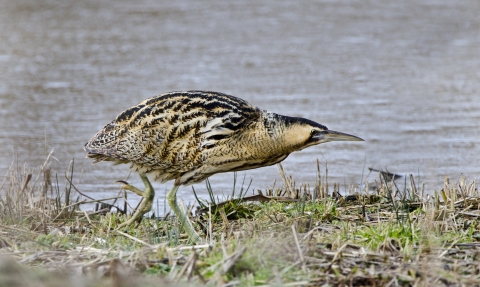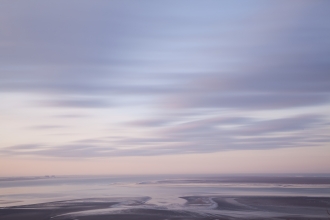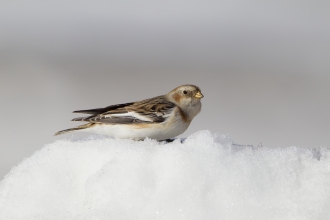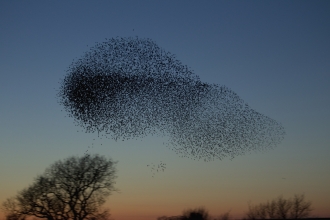
David Tipling/2020VISION
Waterfowl and Waders
What are they?
Generally shoreline birds, sandpipers and snipes wade in shallow water, while others feed on rocky shores. Curlew, whimbrel and godwit are larger waders with mottled brown plumage and long curved or straight beaks. Sandpipers are smaller to medium sized waders with relatively long bills. Many species of wader have seasonal plumages and some are among the world's greatest long-distance migrants travelling annually from the Arctic to Europe, South America, Africa and Australia.
Other waterfowl and waders found on our reserves include pink footed geese, herons, cormorant, bittern and many more.
Where can I find them?
Cormorant
The cormorant is an excellent fisher. It is most easily spotted when it is perched, stretching its wings out in the sun to dry after a dive. The UK holds internationally important wintering numbers of Cormorant.
Cormorants are large, black waterbirds. They feed on fish, which they catch with their long, hook-tipped bills while swimming underwater. Cormorants nest on low cliffs around the coasts, or in colonies in trees on lakes and flooded gravel pits. Cormorants can often be spotted perched on a rock or bank with their wings held out. In this stance, they are able to dry their feathers off which are not waterproof.
There was a huge display of cormorants at Mere Sands Wood in October 2016 with 5% of the UK population in one place.
Cormorants at Mere Sands Wood by Alan Wright
Herons
The sight of a grey heron standing in solitary siege on rivers and waterways is one that is as familiar as it is bewitching. Yet for around three months of the year from February these distinctive-looking birds, with their crests, dagger bills and stilt-like legs come together to breed.
At Brockholes Nature Reserve, we have spotted up to five species of heron - grey heron, night heron, little egret, great white egret and bittern, with grey herons also being spotted at Freeman's Pools.
Bitterns are often found at Mere Sands Wood and Wigan Flashes.
Curlew
The curlew is a very large, tall wader, about the same size as a female pheasant. Its haunting display call ('cur-lee') is unmistakable and can be heard from February through to July on its breeding grounds - wet grasslands, farmland, heath and moorlands. From July onwards, coastal numbers start to build up, peaking in January.
You can find hundreds of curlew at Brockholes Nature Reserve,






